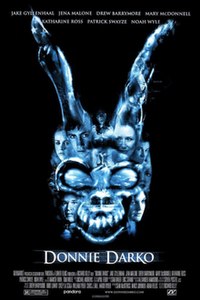Lists





5 Books
Psych Books to read
Sort by:
Recent Desc
More lists by Jess


Coming of Age
List includes: Ghost World, Riding in Cars with Boys
March 2023
0
@Jessiqqameggin



To watch
List includes: Phenomena, Freaked, The Butcher Boy
January 2023
0
@Jessiqqameggin


Horror cult
List includes: Killer Klowns from Outer Space, Alice, Sweet Alice
October 2022
0
@Jessiqqameggin



99 Mindfuck Movies
From list on Pinterest
October 2022
6
@Jessiqqameggin